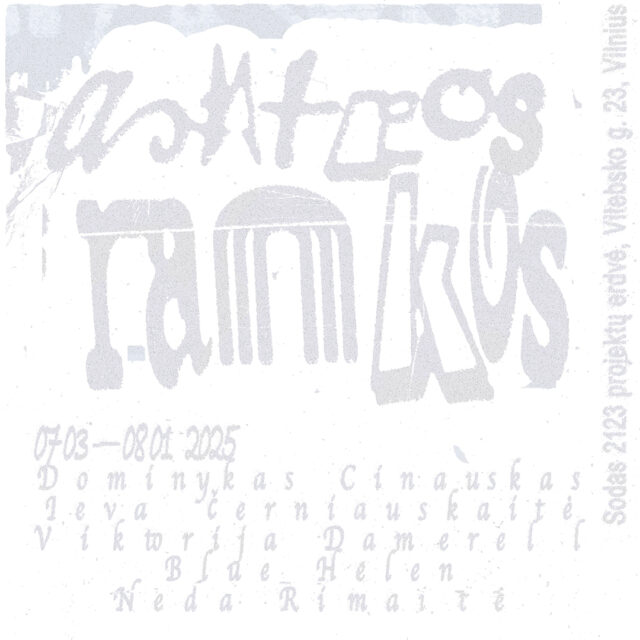One:
I tighten a small black rock from Kiruna mine on top of the lightning rod. We will install it above the garden full of old linden trees at the old school in Aleknaičiai. And we’ll wait.
After the lightning hits the rock, atoms realign and it switches from ferromagnetic to magnetic. The rock starts to attract iron.
Due to its magnetic qualities lodestone (the rock of the lightning rod) was used to make the first compasses in China. The rock is put on a small wooden fish floating in the water. The fish turns and starts pointing South.
Two:
Scientists were using sliced meteorites to examine the magnetic fields of the other worlds.
But all meteorites are found or identified by hand magnets. Exposure to a magnet reorients rock’s microscopic grains and erases its magnetic memory irreversibly.
After discovering this, scientists tried to find a meteorite that wasn’t remagnetized, but with no success.
So, now they are recommending meteorite hunters to use a special susceptibility meter, instrument, that identifies a meteorite without scrambling it.
Rūta Spelskytė
Mending what‘s not broken
12/12/2023-12/1/2024
VAA gallery Artifex, Gaono str. 1, Vilnius (Lithuania)
Exhibition supported by Research Council of Lithuania
Photography: Viktorija Balkutė




















































